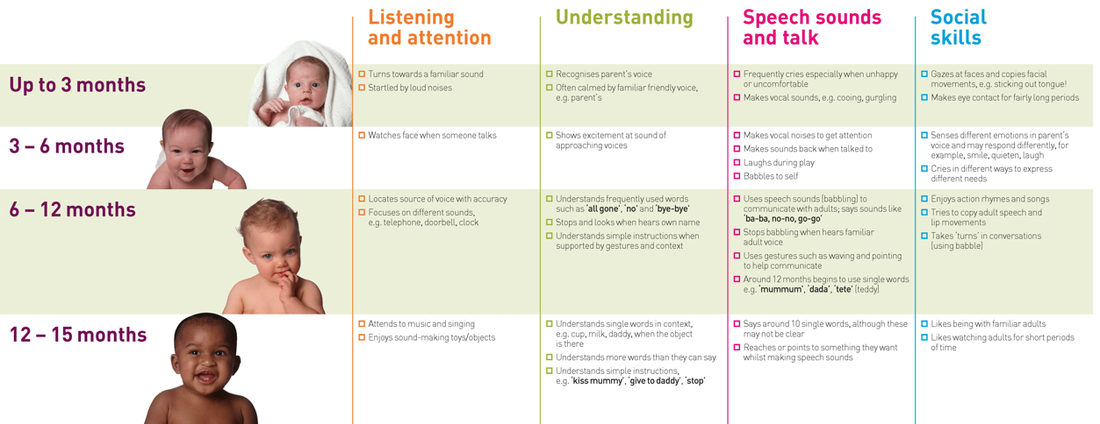
Or, because babies are deaf with no exposure of signed language.

Sometimes, toddlers don't speak (either manually or vocally) until age 2 or so and then suddenly boom with a bunch of words. "Where ball?", "More pull", "daddy car", "where dog", "water on"). They can express over 50-200 words and make two-word combinations (e.g. Again like speech, parentese (or motherese) do exist in signing.Īt this two-word stage, toddlers are able to utter words more identifiable. They don't adapt nor simplify these ASL words. Like English-speaking people, ASL-speaking adults utter regular ASL words with babies. Or, a baby utters "open handshape tapping on torso" meaning a "bath" when she/he is prepared for a bath. Same in both signing and speech.īabies don't produce words like adults do but they can convey them consistently to express meanings.įor example in English speech, a baby says "mu" every time she/he is offered a bottle of milk. In general speaking, on the average, babies may utter a few first words up to 10+ words toward their one-word stage at 12 months.Īround the first birthday, babies produce new referential one-word utterances and gradually expand more and more words on a daily basis. The belief of signing being easier is ingrained in phonocentrism. They are no earlier than spoken babbles "mama".Īnd, no, it's not easier to manually speak than vocally speak (as explained in another post). ASL babbles are often misinterpreted as first words or earlier words. No, babies don't acquire ASL words earlier than English words, contary to the prevalent belief (and myth). Likewise, babies of ASL-speaking families babble with more varied patterns. Sophisticated (variegated) babbling (10-12 months)Īt this "sophisticated babbling" stage, babies of English-speaking parents babble constonant-vowel-constonant (CVC).
TIMELANE FOR LANGUAGE DEVELOPMENT MANUAL
Raising hand: "Um, why did you use manual gesture because gesture is manual?" Because 'gesture' is not tied with hands. This is an important evidence for the pronoun acquisition in sign language that manual gesture and signed word are processed differently in the brain. It's in conjunction with the linguist Robbin Battison's Dominance Conditions.įinger-pointing (non-linguistic) is a manual gesture emerging at around 9 months regardless of deaf or hearing babies and regardless of manually-speaking or vocally-speaking babies. In WORK, the dominant hand moves while the passive hand is stationary. Interestingly, observe the baby babbling with one dominant hand while the other hand is stationary. "Wait a minute, WORK?" Yes, a long explanation (in another post). The video shows the baby "Juli" manually babbling based on the ASL word WORK. Petitto conducted a scientific study on manual babbling which presented evidence for the natural language in visual-spatial modality. On the other hand, babies, who are exposed to signing, also produces syllabic hold-movement repetitions (manual babbling). "dadadada", "babababa" and other meaningless sounds. In speech, babies produce syllabic consonant-vowel repetitions (vocal babbling). She was born to ASL-speaking Deaf family members and relatives.Ĭanonical (syllabic) babbling (7-10 months)Ĭanonical babbling begins to emerge at about late 6 months or later when babies produce reduplicated syllables in either signing or speech. In the video above, the baby "Juli" manually coos. They also use communicative gestures including cries for different needs (e.g.

On the other hand, many hearing parents and companies advocate "baby sign language" (cultural appropriation) for linguistc and cognitive benefits of hearing babies.Īt this earliest stage, babies produce coos and goos - both vocally and manually.

As a result, many deaf children were deprived of language development. Unfortunately, many hearing professionals and organizations forbad the use of sign language with deaf babies and children in favor of speech, deeply ingrained in phonocentric beliefs. That is, language is brain-based, regardless of the modalities (speech or sigining). Linguistics and neuroscience studies show the same timeline and stages of language acquisition in both signing and speech from birth to age 5 and beyond.īecause, language is amodal. Language acquisition Language acquisition milestones in sign language


 0 kommentar(er)
0 kommentar(er)
